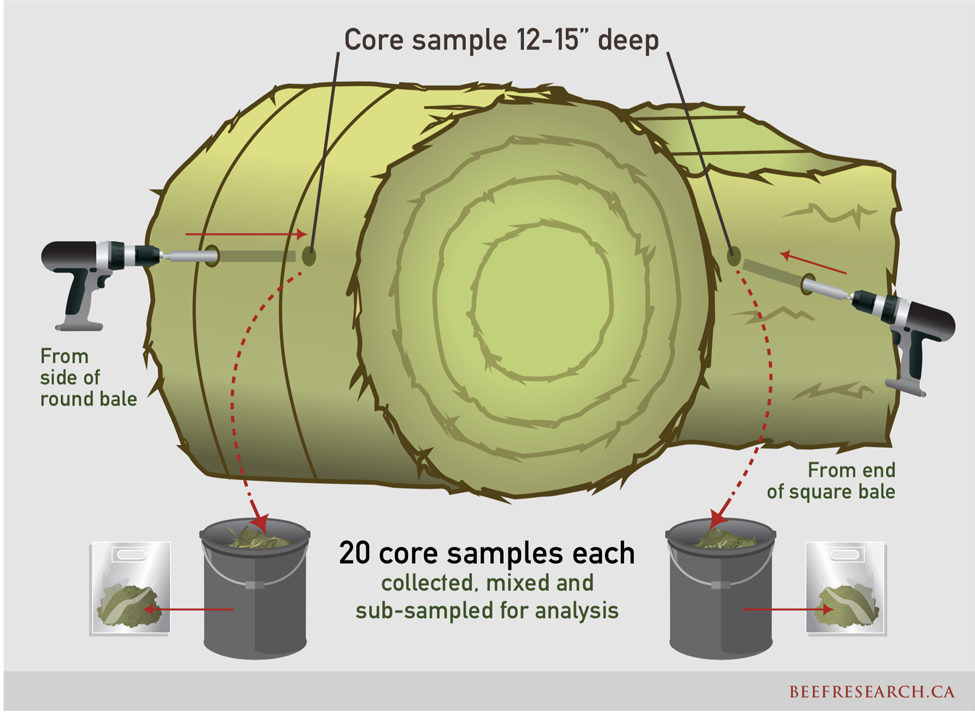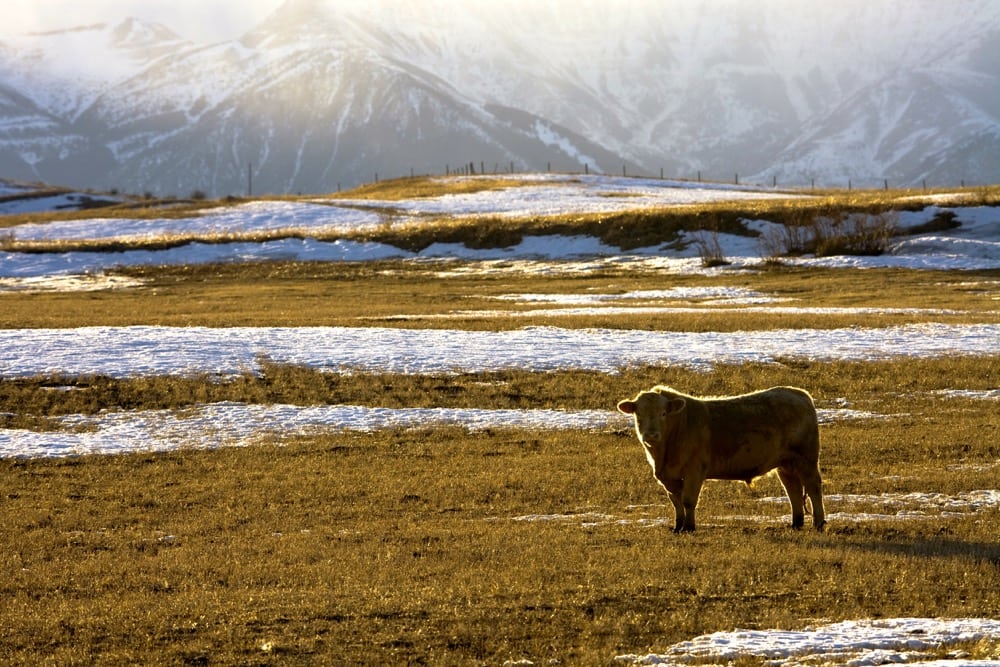Providing supplemental protein and grain is one option if cattle are grazing mouldy standing corn.
“Some corn crops left for late-season grazing have been damaged by the fall weather,” said provincial beef and forage specialist Barry Yaremcio. “High humidity, frequent rainfall, and frosts have created ideal conditions for moulds to form. Saprophytic moulds that cause deterioration are noticeable on the leaves and husks. This reduces feed quality especially the amounts of energy and protein left in the forage.”
The bigger problem is with mould infection in the cobs.
Read Also

Horns aren’t unlocking anytime soon on livestock transport standards
Standards good enough meet the definition of “humane” animal transportation still vary widely between what what industry wants, what animal rights advocates want and, between the two, what federal regulators decide is good enough.
“When infected by certain moulds, T-2, HT-2, and DON mycotoxins can be formed. These mycotoxins can cause mouth irritations with the first symptom being a reduction in feed intake,” said Yaremcio. “The cows may eat the tassel, leaves and some of the stalk, but the cobs will remain intact on the grazed plants.”
Since cobs have higher energy and protein content, look to see if they are being left behind as that means cows aren’t receiving adequate amounts of protein and energy to meet requirements, especially during the last three months of pregnancy.
Providing supplemental protein and grain is one option.
“You can feed four to five pounds of grain and 1.0 to 1.5 pounds of a 32 per cent protein supplement per day to help meet requirements.”
Warning signs of insufficient protein are manure that appears ‘blocky’ in texture and cows that seem to be very full.
“This is because there is insufficient protein to keep rumen microbial populations healthy resulting in a reduction in feed passage rates,” said Yaremcio. “When cows do not consume sufficient energy, the fat in their bodies will be mobilized to make up the shortfall. Without supplementation, the cows could potentially lose 1.5 to 2.0 pounds of weight per day. This will negatively impact the animals’ ability to withstand cold, windy conditions, reduce colostrum and milk production, and could increase calving difficulties. Calf health could be compromised as well.”
Substituting in 2.5 pounds of peas instead of the 32 per cent supplement is another option.
“A molasses lick tub (32 or 20 per cent protein) can supply additional protein when consumed at 1.5 and 2.5 pounds per day. But to meet energy requirements, it might be necessary to have the animals consume three to four pounds of the molasses product.”
Other options are feeding 50 per cent of the daily ration as a high-quality alfalfa grass hay or silage. Yaremcio urges producers to consult with a nutritionist to develop these types of alternative feeding programs.















